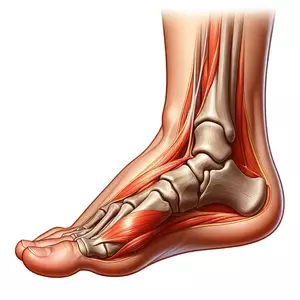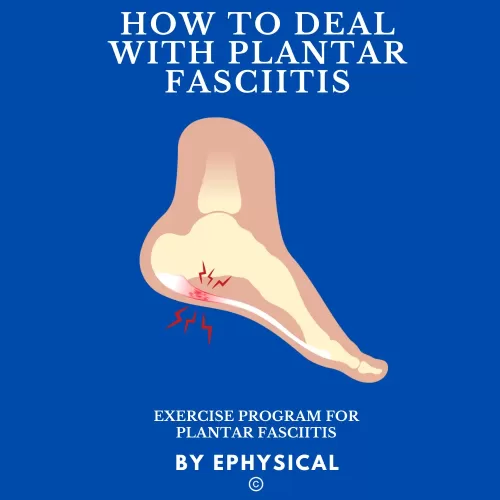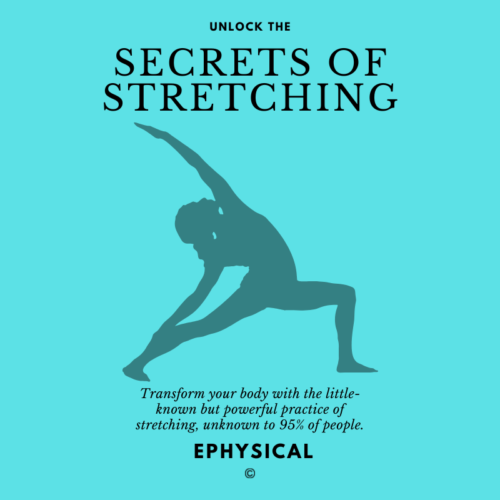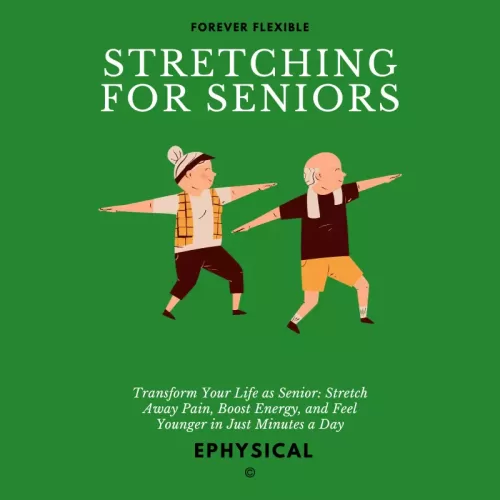Plantar Fasciitis Explained: Symptoms, Causes, Relief
What is Plantar Fasciitis?
Plantar fasciitis, recognized as one of the leading causes of heel pain, is a condition that affects a significant portion of the population, particularly active adults.
Plantar fasciitis is the inflammation of the plantar fascia – a thick, fibrous band of tissue that runs across the bottom of the foot, connecting the heel bone to the toes.
The function of Plantar Fascia
The plantar fascia is a vital foot component, acting as a shock absorber and supporting the foot’s arch. Understanding this can help in comprehending how plantar fasciitis develops and affects mobility
Plantar Fasciitis Symptoms
The primary symptom of plantar fasciitis is a stabbing pain near the heel, often worst with the first steps after awakening or after long periods of standing or sitting.
The pain may decrease with movement but can recur with prolonged activity or rest.
Difference between plantar fasciitis and heel spurs, check this out.
Plantar Fasciitis Causes and Risk Factors
Plantar fasciitis can arise from various causes, including repetitive stretching and tearing of the fascia.
Risk factors include age (most common between 40 and 60 years), certain exercises, foot mechanics, obesity, and occupations that involve prolonged standing or walking.
Diagnostic of Plantar Fasciitis
Diagnosing plantar fasciitis consist of:
- patient history and symptom analysis
- physical examination
- imaging tests
- ruling out other conditions
X-rays – can rule out bone related problems
MRI – can be used to check for any soft tissue damage and confirm the state of the plantar fascia
Comprehensive Treatment Options for Plantar Fasciitis
Treating plantar fasciitis effectively involves a combination of self-care measures, professional medical therapies, and in some cases, more advanced interventions. The goal of treatment is to relieve pain, reduce inflammation, and improve foot function.
Self-Care and Home Remedies
Over-the-Counter Pain Relievers: Nonsteroidal anti-inflammatory drugs (NSAIDs) like ibuprofen and naproxen can alleviate pain and reduce inflammation associated with plantar fasciitis
Rest and Ice Application: Reducing activities that worsen the pain, coupled with applying ice to the painful area, can provide symptomatic relief.
Supportive Braces and Footwear: Using night splints and orthotic inserts can help in maintaining the foot in a position that alleviates stress on the plantar fascia.
Professional Medical Therapies
Physical Therapy: A physical therapist can instruct patients on exercises to stretch the plantar fascia and Achilles tendon and to strengthen lower leg muscles, which stabilizes the ankle and heel
Corticosteroid Injections: For more severe or persistent cases, a doctor may recommend cortisone injections to reduce inflammation. However, these are generally considered only after other less invasive treatments have been tried
Advanced Treatment Options
Extracorporeal Shock Wave Therapy (ESWT): In cases where the pain is persistent and not responding to more conservative treatments, ESWT may be considered. This therapy involves the delivery of shock waves to the affected area to stimulate healing.
Surgery: Surgery is rarely necessary but may be considered if other treatments fail to provide relief after a year of therapy. The procedure involves releasing part of the plantar fascia from the heel bone. However, it’s reserved for very severe cases and typically as a last resort.
In summary, the treatment of plantar fasciitis is multifaceted, often beginning with home remedies and escalating to more advanced medical interventions if necessary. The key is to tailor the treatment to the individual’s specific symptoms and needs, with a focus on reducing pain and inflammation and improving foot function.






